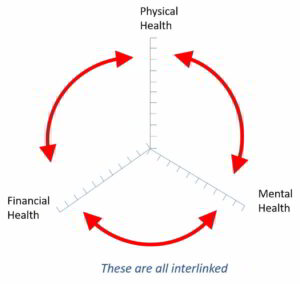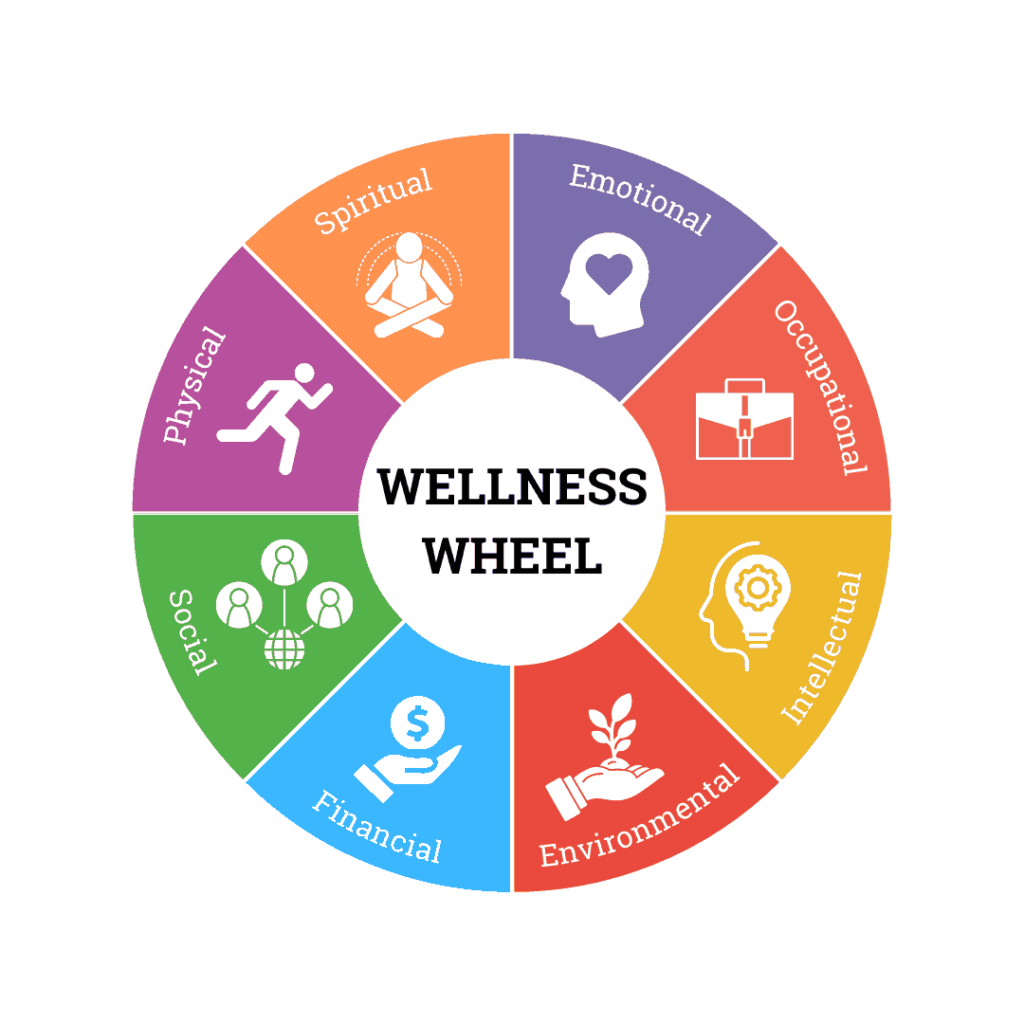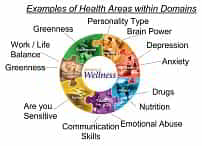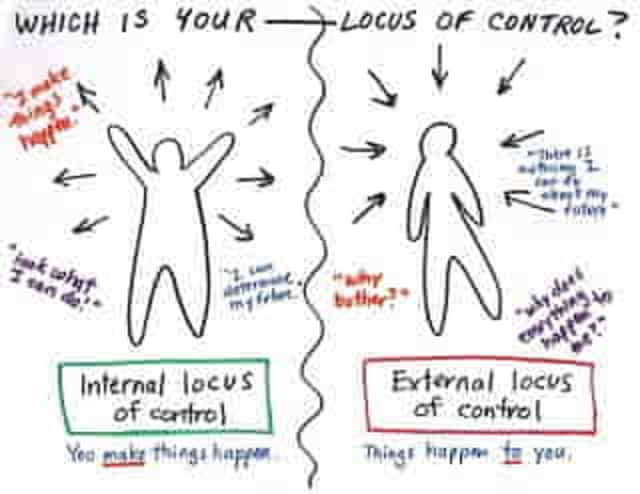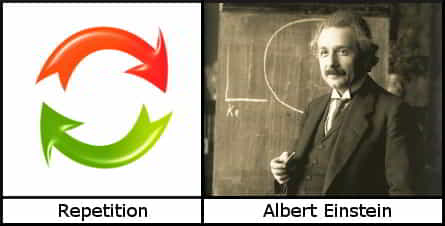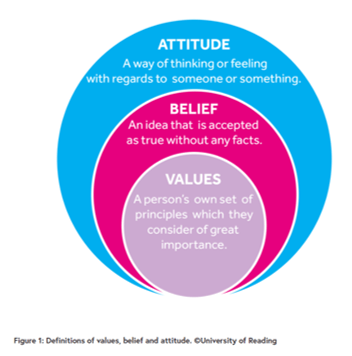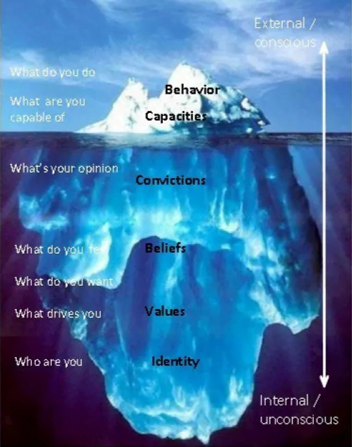Your Dashboard Tools
it's 22 Jan, 2025 10:50 pm
Drinking more water exercises
field_5f0c304c72876 - is the title of the exercise
Exercise Summary
The following was written by SaVanna Shoemaker, MS, RDN, LD and published by healthline:
12 Simple Ways to Drink More Water
Your body is about 70% water, and drinking enough of it is vital for optimal health.
Water plays many roles in your body, including maintaining electrolyte balance and blood pressure, lubricating joints, regulating body temperature, and promoting cell health.
While everyone knows that it’s important to stay hydrated, doing so can be difficult at times.
Here are 12 simple ways to drink more water.
Main Activity
Study, educate and create an action plan of activity
The following was written by SaVanna Shoemaker, MS, RDN, LD and published by healthline:
1. Understand your fluid needs
Before you decide to drink more water, you have to understand your body’s fluid needs.
The National Academy of Medicine (NAM) recommends that men consume 125 ounces (3,700 ml) and women about 90 ounces (2,700 ml) of fluid per day, including the fluid from water, other drinks, and foods.
However, NAM acknowledges that it isn’t ideal to make broad recommendations about fluid needs, as they depend on your activity level, location, health status, and more.
For most, simply drinking to quench your thirst will ensure you meet your fluid needs. Yet, you may need more fluid if you exercise regularly, work outside, or live in a hot climate.
2. Set a daily goal
Setting a daily water intake goal can help you drink more water.
Simply the act of setting a goal can be motivating and make you more likely to make positive changes that last.
To be effective, goals should be SMART, which is an acronym for the following criteria:
Specific
Measurable
Attainable
Realistic
Time-bound
For example, one SMART water-consumption goal might be to drink 32 ounces (960 ml) of water per day.
It can also help to record your progress, which can keep you motivated to achieve your goal — and make it a habit.
3. Keep a reusable water bottle with you
Keeping a water bottle with you throughout the day can help you drink more water.
When you have a reusable water bottle, you can easily drink water in any setting, whether you’re running errands, traveling, or at home, work, or school.
Keeping a water bottle handy can also serve as a visual reminder to drink more water. If you see the bottle on your desk or table, you will constantly be reminded to drink more.
Plus, it’s better for the environment than relying on single-use plastic water bottles.
4. Set reminders
You can also set reminders to drink more water using an app or the alarm on your smartphone or smartwatch.
For example, try setting a reminder to take a few sips of water every 30 minutes, or set a reminder to finish drinking your current glass of water and refill it every hour.
These reminders can help you increase your water intake, especially if you struggle with being forgetful or too busy to drink.
5. Replace other drinks with water
One way to drink more water — and boost your health and reduce your calorie intake — is to replace other drinks, such as soda and sports drinks, with water.
These drinks are often full of added sugars, which can be extremely detrimental to your health.
For optimal health, limit your added sugar intake to less than 5% of your calorie intake. Just one 8-ounce (240 ml) cup of soda per day can exceed this limit.
Diets high in added sugars have been linked to obesity and other conditions like type 2 diabetes and heart disease.
Furthermore, replacing these sugary drinks with water is an easy and cheap way to cut calories, potentially helping you lose weight.
6. Drink one glass of water before each meal
Another simple way to increase your water intake is to make a habit of drinking one glass of water before each meal.
If you eat 3 meals per day, this adds an extra 3 cups (720 ml) to your daily water intake.
Moreover, sometimes your body may mistake feelings of thirst for hunger. Drinking a glass of water before eating can help you discern whether you are feeling true hunger.
What’s more, if you’re trying to lose weight, drinking a glass of water may help you eat fewer calories at the following meal.
7. Get a water filter
In UK, most tap water is safe to drink. However, if you have concerns about the quality or safety of your tap water, consider purchasing a water filter.
There is a filter for almost every budget, from costly whole-home water filtration systems to inexpensive water-filtering pitchers.
In addition, filtering your water could improve the taste.
Point-of-use water filters, such as water-filtering pitchers or filters that attach directly to a faucet, can reduce levels of waterborne bacteria, lead, and arsenic in contaminated tap water to safe levels.
Using a water filter is also less expensive and more eco-friendly than purchasing bottled water, which is oftentimes no different than tap water
8. Flavour your water
If you dislike the flavour of water, or just need a bit of flavour to help you drink more, you have many choices.
Using an inexpensive fruit-infuser water bottle is one healthy option.
Popular fruit combinations to use in an infuser bottle are cucumber-lime, lemon, and strawberry-kiwi. Although, you can use any combination of fruits that suits your taste.
You can also purchase water enhancers in powder or liquid form to add to your water, but be aware that many of these products contain sugar, artificial sweeteners, or other additives that may harm your health.
9. Drink one glass of water per hour at work
If you work a standard 8-hour workday, drinking a glass of water each hour you’re at work adds up to 8 cups (1,920 ml) to your daily water intake.
Fill up your cup as soon as you get to work, and at the top of every hour, simply drink the remaining water and refill.
This method will keep your water intake consistent throughout your workday.
10. Sip throughout the day
Sipping on water consistently throughout the day is another easy way to help you meet your fluid goals.
Reaching for a sip of water consistently during your day will keep your mouth from getting dry and may even help keep your breath fresher.
Keep a glass of water or a reusable bottle nearby and within your line of sight for a constant visual reminder to take a sip
11. Eat more foods high in water
One simple way to get more water is to eat more foods that are high in water.
Fruits and vegetables that are particularly high in water include:
Lettuce: 96%
Celery: 95%
Zucchini: 95%
Cabbage: 92%
Watermelon: 91%
Cantaloupe: 90%
Honeydew melon: 90% water.
In addition to their high fluid content, these fruits and vegetables are packed with vitamins, minerals, and antioxidants that promote your overall health.
12. Drink one glass of water when you wake up and before bed
An easy way to boost your water intake is to simply drink one glass when you wake up and another before you go to bed.
A glass of cold water in the morning may help wake you up and boost your alertness.
Plus, drinking water before bed can keep you from waking up with a dry mouth and bad breath.
Video
Title
Summary
Play
Now you have to decide if you want this exercise to be part of your action plan.
If you don’t, then either hit the back arrow or click the button to go back to look at another exercise.
If you do, then carry on down the page and follow the instructions.
If you want to include this exercise in your action plan, select Yes from on the right then click the green button saying ‘Include this exercise’.
Sadly you’ll go back to the top of this page – please scroll down and fill in the bits that appear before here.
Add a comment
You can leave a comment below – we’ll get back to you.
